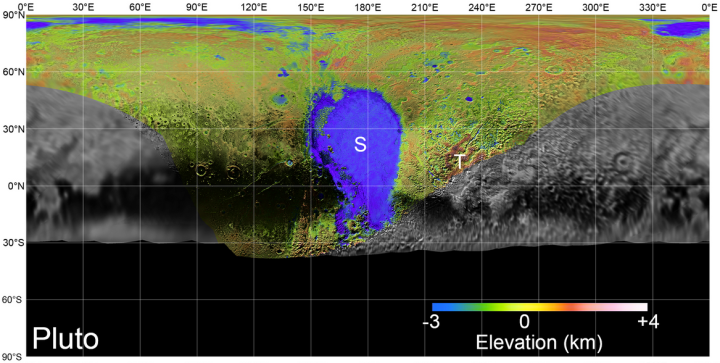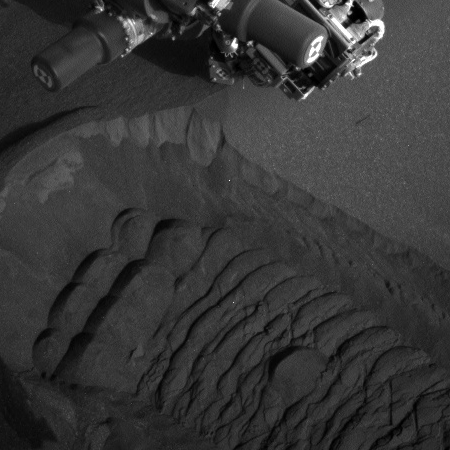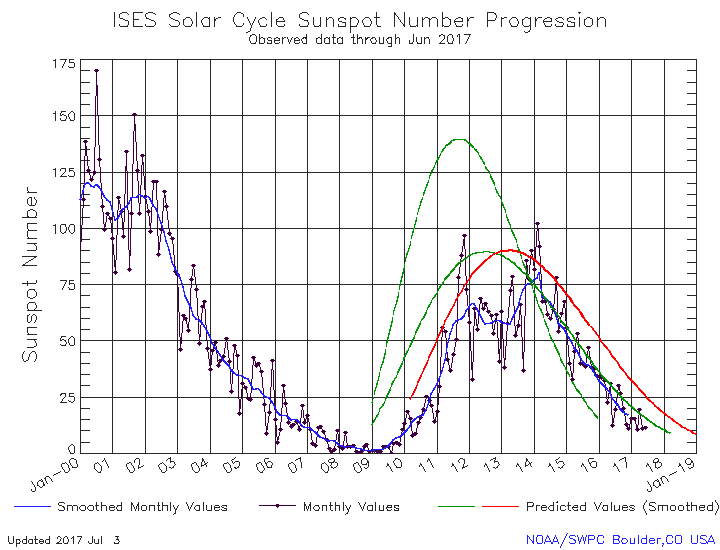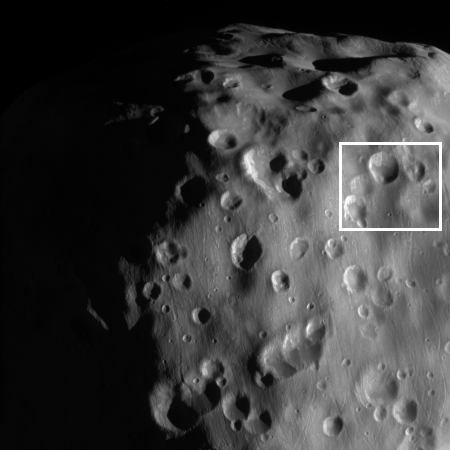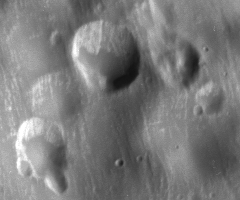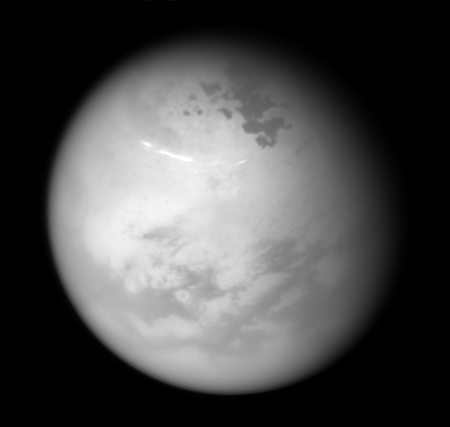New adjustments to early satellite data confirm accelerating sea level rise
Well la-de-da! Surprise, surprise! New adjustments made by climate scientists to early satellite sea level data confirm an accelerating sea level rise.
The numbers didn’t add up. Even as Earth grew warmer and glaciers and ice sheets thawed, decades of satellite data seemed to show that the rate of sea-level rise was holding steady — or even declining.
Now, after puzzling over this discrepancy for years, scientists have identified its source: a problem with the calibration of a sensor on the first of several satellites launched to measure the height of the sea surface using radar. Adjusting the data to remove that error suggests that sea levels are indeed rising at faster rates each year. “The rate of sea-level rise is increasing, and that increase is basically what we expected,” says Steven Nerem, a remote-sensing expert at the University of Colorado Boulder who is leading the reanalysis. He presented the as-yet-unpublished analysis on 13 July in New York City at a conference sponsored by the World Climate Research Programme and the International Oceanographic Commission, among others.
Nerem’s team calculated that the rate of sea-level rise increased from around 1.8 millimetres per year in 1993 to roughly 3.9 millimetres per year today as a result of global warming. [emphasis mine]
This data correction might be true, but the highlighted phrases from this Nature article reveals two reasons why I do not trust these changes. First, there is the fact that this research and its adjustments to past data have not been published nor reviewed by anyone other than the people who agree with them. Second is the bald-faced completely impossible claim made that the sea level rise is caused by global warming. This work itself cannot possible determine what caused the sea level rise, as it is only observational, attempting to measure the rise, not study the cause. To make such a claim in this context is inappropriate.
Finally, it is this quote that makes me even more suspicious that this is garbage:
“As records get longer, questions come up,” says Gavin Schmidt, a climate scientist who heads NASA’s Goddard Institute for Space Studies in New York City. But the recent spate of studies suggests that scientists have homed in on an answer, he says. “It’s all coming together.”
Gavin Schmidt is the king of data tampering, constantly fiddling with the old climate data controlled by his institute so that it always cools the past and warms the present, thus increasing global warming not by actual observational data but by his personal whim. As this recent peer-reviewed review of Schmidt’s tampering noted, “The conclusive findings of this research are that the three GAST data sets are not a valid representation of reality.”
The sooner these fake scientists can be removed from positions of power over the datasets climate scientists need and use, the better.
Well la-de-da! Surprise, surprise! New adjustments made by climate scientists to early satellite sea level data confirm an accelerating sea level rise.
The numbers didn’t add up. Even as Earth grew warmer and glaciers and ice sheets thawed, decades of satellite data seemed to show that the rate of sea-level rise was holding steady — or even declining.
Now, after puzzling over this discrepancy for years, scientists have identified its source: a problem with the calibration of a sensor on the first of several satellites launched to measure the height of the sea surface using radar. Adjusting the data to remove that error suggests that sea levels are indeed rising at faster rates each year. “The rate of sea-level rise is increasing, and that increase is basically what we expected,” says Steven Nerem, a remote-sensing expert at the University of Colorado Boulder who is leading the reanalysis. He presented the as-yet-unpublished analysis on 13 July in New York City at a conference sponsored by the World Climate Research Programme and the International Oceanographic Commission, among others.
Nerem’s team calculated that the rate of sea-level rise increased from around 1.8 millimetres per year in 1993 to roughly 3.9 millimetres per year today as a result of global warming. [emphasis mine]
This data correction might be true, but the highlighted phrases from this Nature article reveals two reasons why I do not trust these changes. First, there is the fact that this research and its adjustments to past data have not been published nor reviewed by anyone other than the people who agree with them. Second is the bald-faced completely impossible claim made that the sea level rise is caused by global warming. This work itself cannot possible determine what caused the sea level rise, as it is only observational, attempting to measure the rise, not study the cause. To make such a claim in this context is inappropriate.
Finally, it is this quote that makes me even more suspicious that this is garbage:
“As records get longer, questions come up,” says Gavin Schmidt, a climate scientist who heads NASA’s Goddard Institute for Space Studies in New York City. But the recent spate of studies suggests that scientists have homed in on an answer, he says. “It’s all coming together.”
Gavin Schmidt is the king of data tampering, constantly fiddling with the old climate data controlled by his institute so that it always cools the past and warms the present, thus increasing global warming not by actual observational data but by his personal whim. As this recent peer-reviewed review of Schmidt’s tampering noted, “The conclusive findings of this research are that the three GAST data sets are not a valid representation of reality.”
The sooner these fake scientists can be removed from positions of power over the datasets climate scientists need and use, the better.

